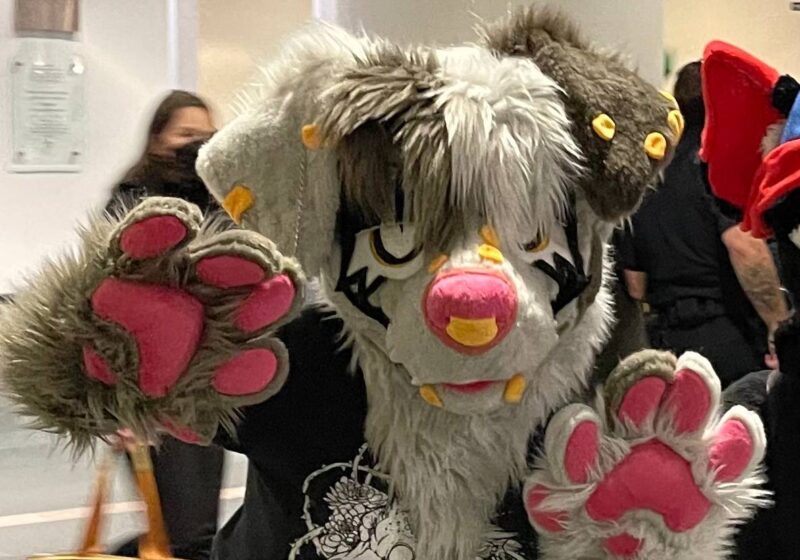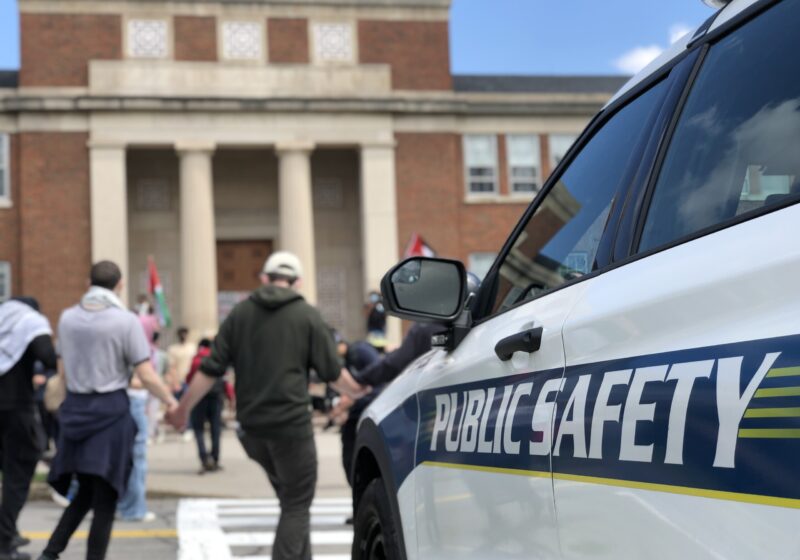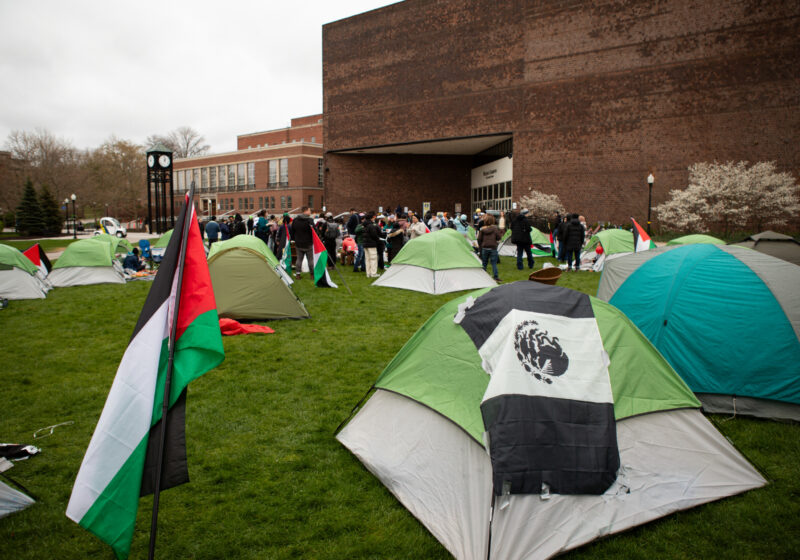Indians, Redskins, Native Americans ? these are all terms that have come to represent the indigenous peoples of the Americas. Their wild, untamed appearance and seemingly barbaric lifestyle have led to misunderstandings and mistreatment that dates back to the time of European colonization.
Native Americans have traveled on a long and difficult journey. Their customs, traditions and language have been sacrificed to earn acceptance and eventually aid from a domineering and critical society that surrounds them.
Education and health care remains insufficient and are still major concerns in many reservations and populated Native American areas. I am primarily familiar with health care in these areas, more specifically in rural Alaska.
I am half Yup’ik Eskimo and come from a tiny village off the Western Alaskan coast. This village that I call home is completely secluded, accessible only by air, as are many native villages in Alaska.
There are 56 native villages that incorporate the Yukon-Kuskokwim area, with populations averaging 500 to 1000 people per village. These villages mainly have clinics where people can go when health care is needed.
Unfortunately, there is a shortage of health care professionals ? nurses, doctors, etc. ? in this area, which is also common in many native populated areas throughout the United States. Therefore, health aides ?who have minimal education in health care ? are the primary health care providers.
The nearest hospital is located in Bethel, a native city with a population of approximately 7,000 inhabitants.
When serious health emergencies arise that require a health care professional, villagers need to wait for the next commercial flight to transport them to Bethel, or be “med-evac’d” ? the slang for medically evacuated ? by a plane specifically designed to accommodate severe and critical emergencies.
Traveling is not only an impediment to quick medical treatment, especially when the weather is taken into consideration, but it is also costly. A plane ticket on a commercial flight costs approximately $100, one-way, which only adds to the cost of other medical bills. A “med-evac” flight is even more expensive, approximately $500 or more.
Health care is remarkably different in rural Alaska when compared with health care as we know it here in Rochester. Accessibility, cost and availability are major contributors to present health care standards. These factors are easily reversible by increasing the number of professionals providing health care to these deprived regions.
The federal and state governments have multiple programs instated to improve health care in these native-populated regions throughout the United States. One of these, the Indian Health Service is an organization that offers a loan-repayment and scholarship program.
This is an extraordinary opportunity for newly graduated health care providers to repay loans and financial debts that have accumulated throughout schooling, by offering their services to native communities.
This benefits the people who desperately need health care improvement while providing a financial solution for the professionals. This is a fabulous opportunity that I encourage all students entering a health care profession to look into.
Akerelrea can be reached at cakerelrea@campustimes.org.


